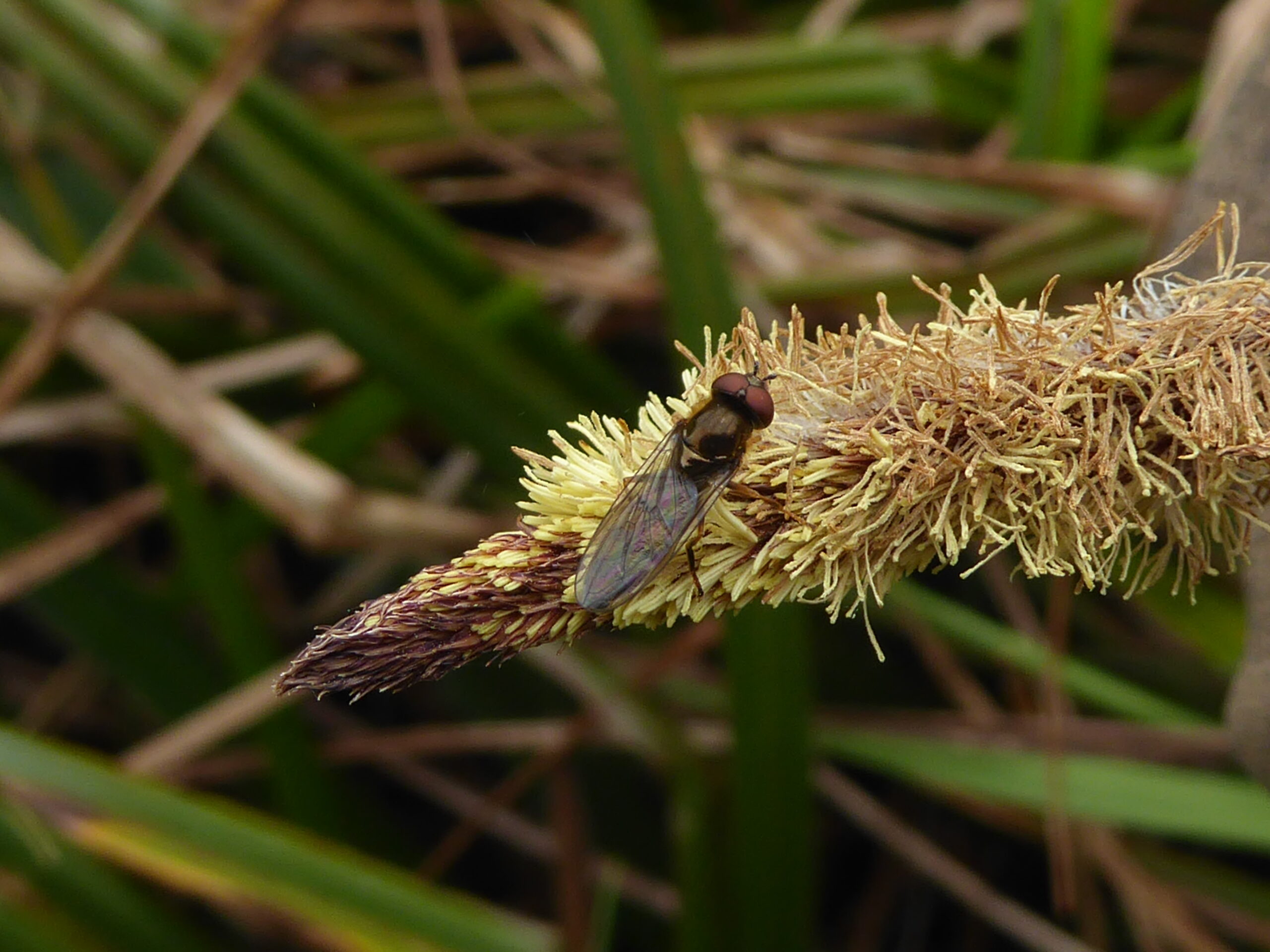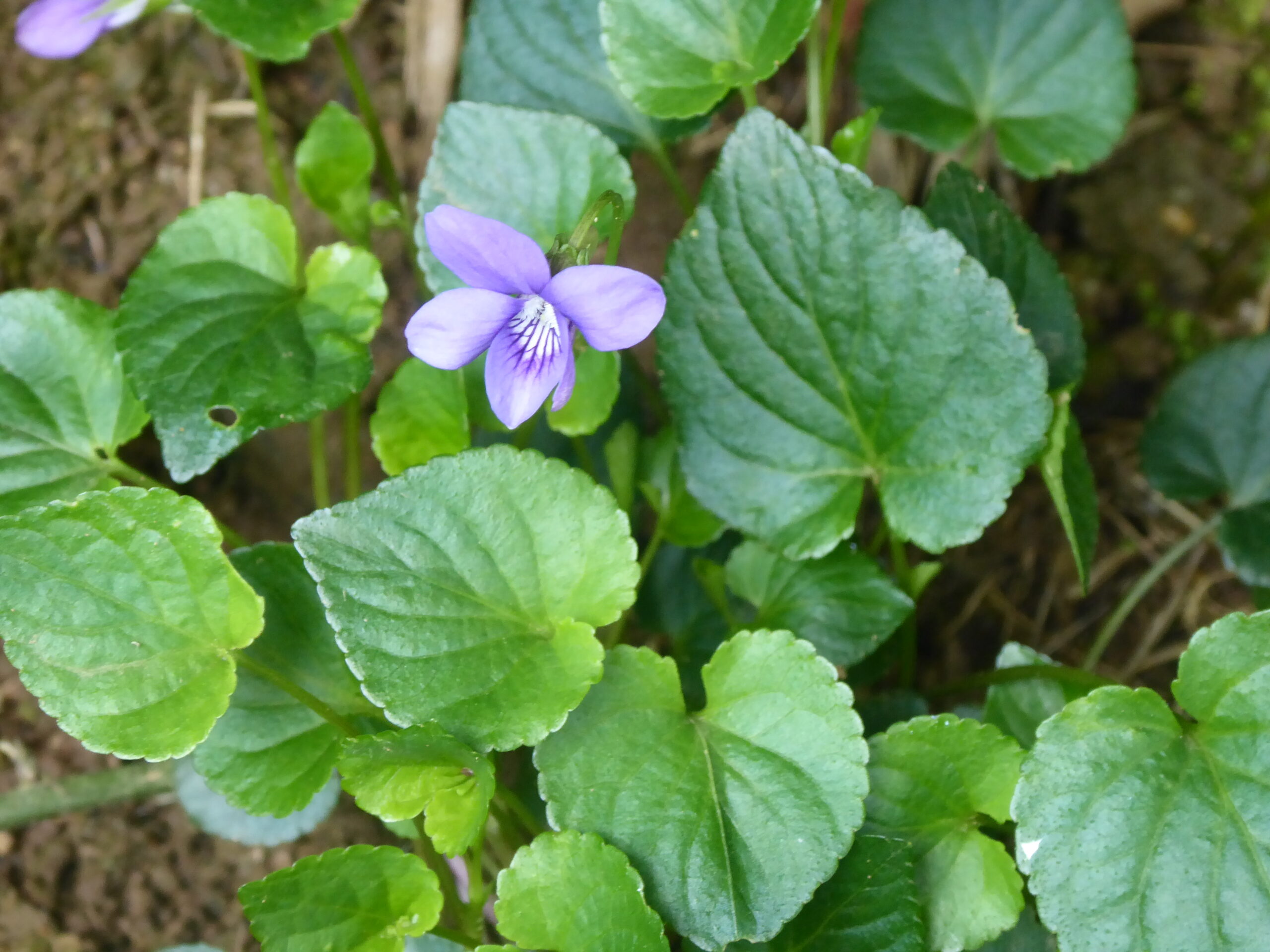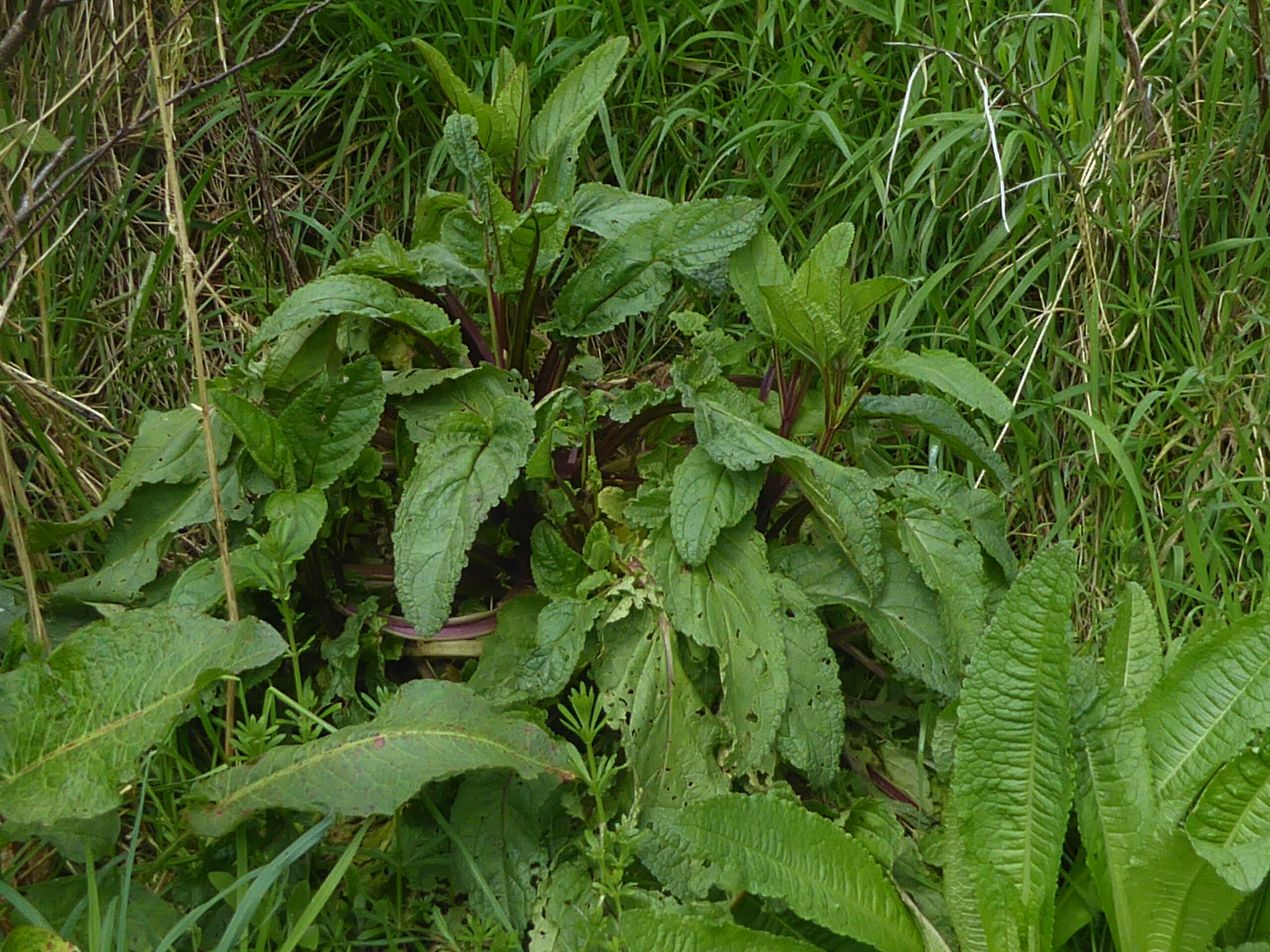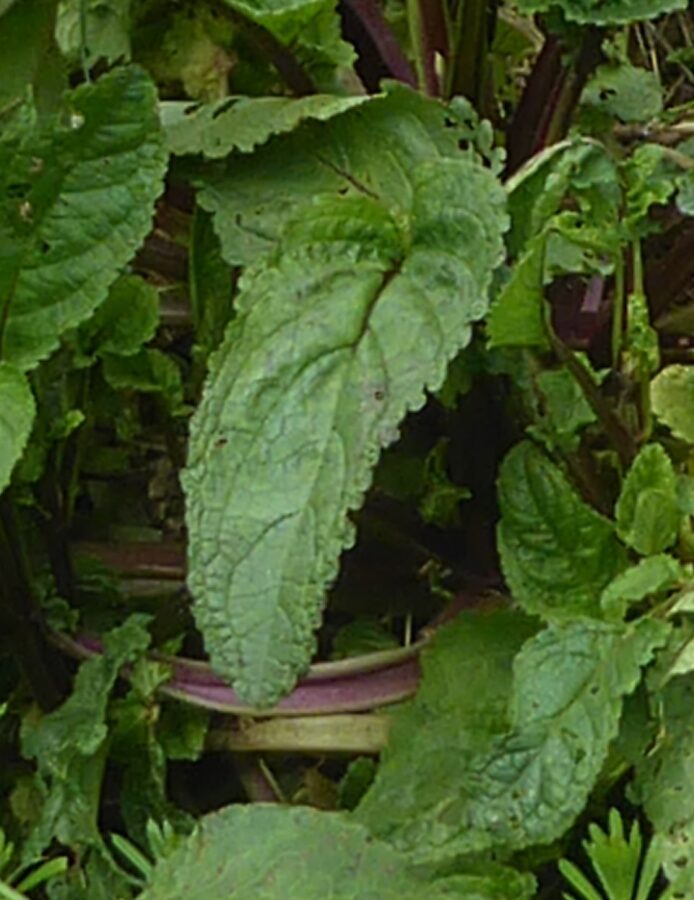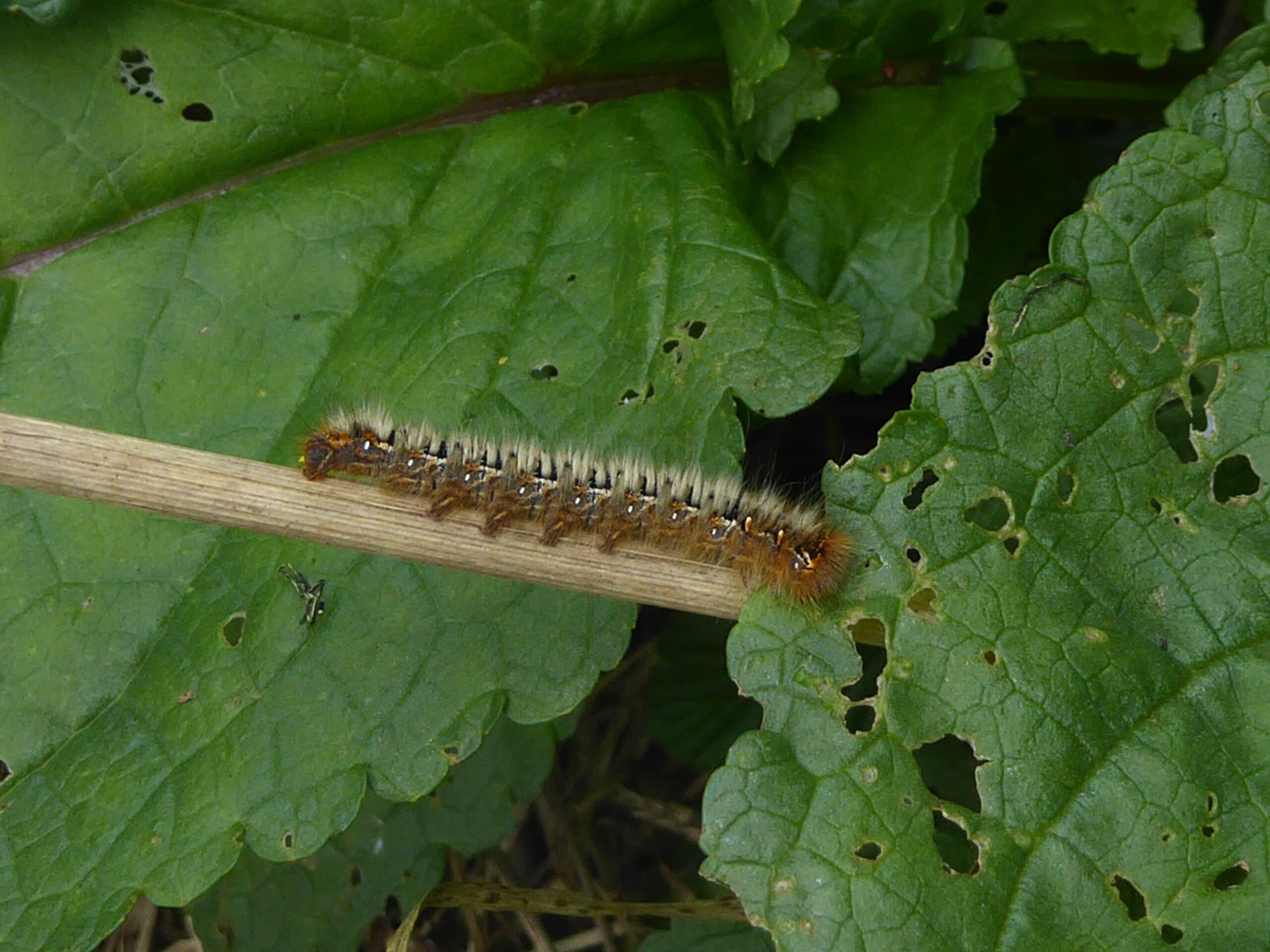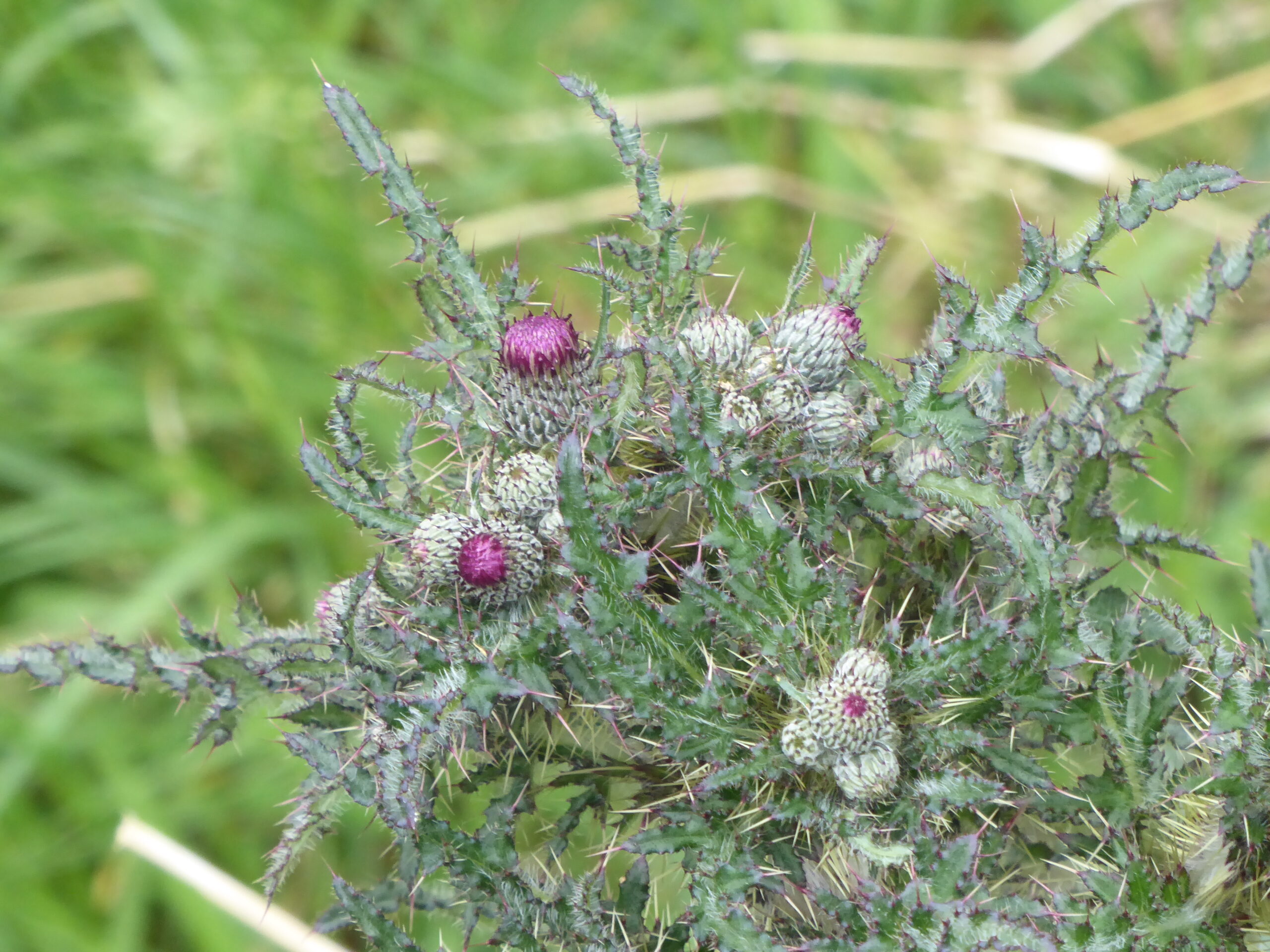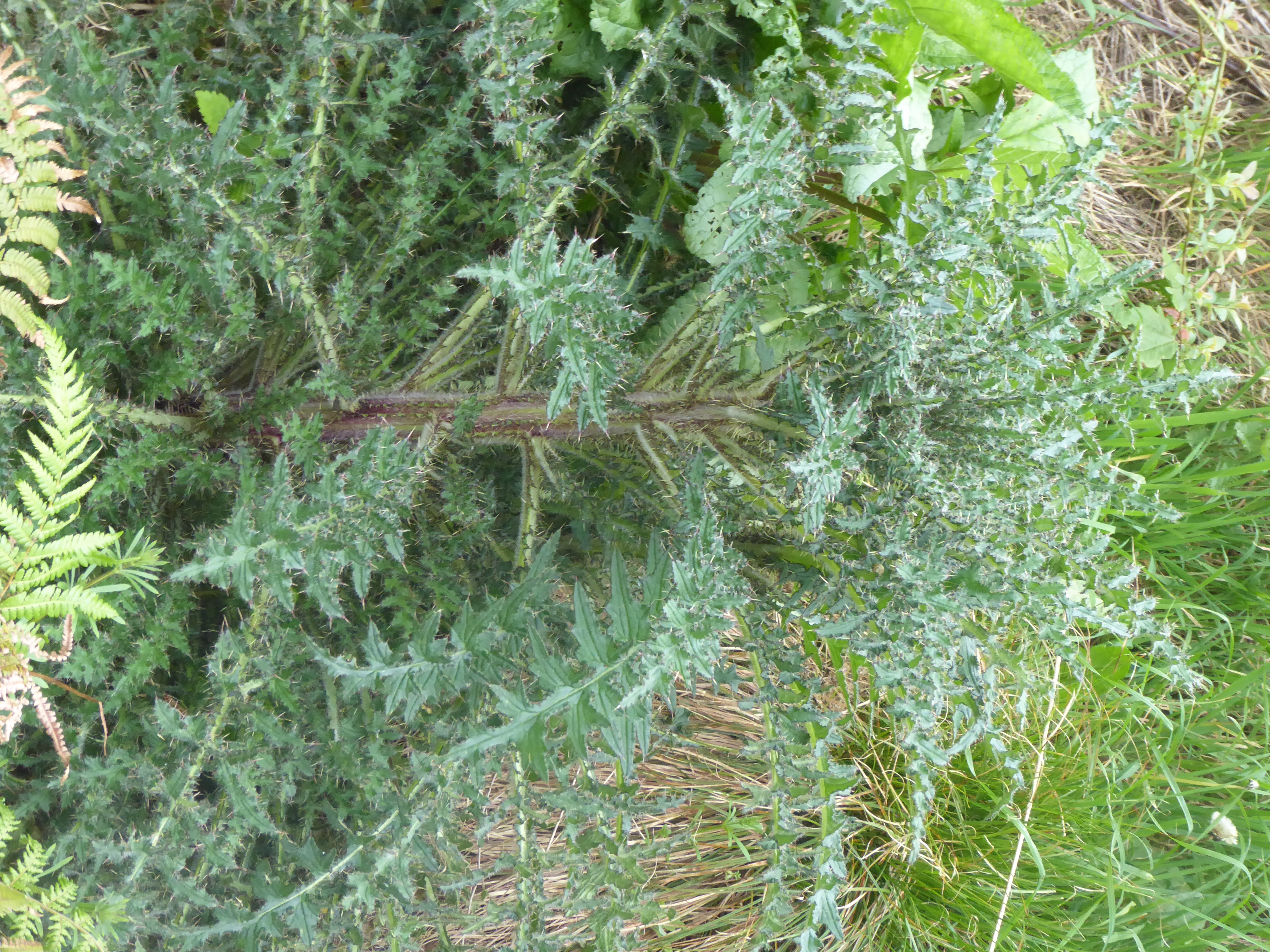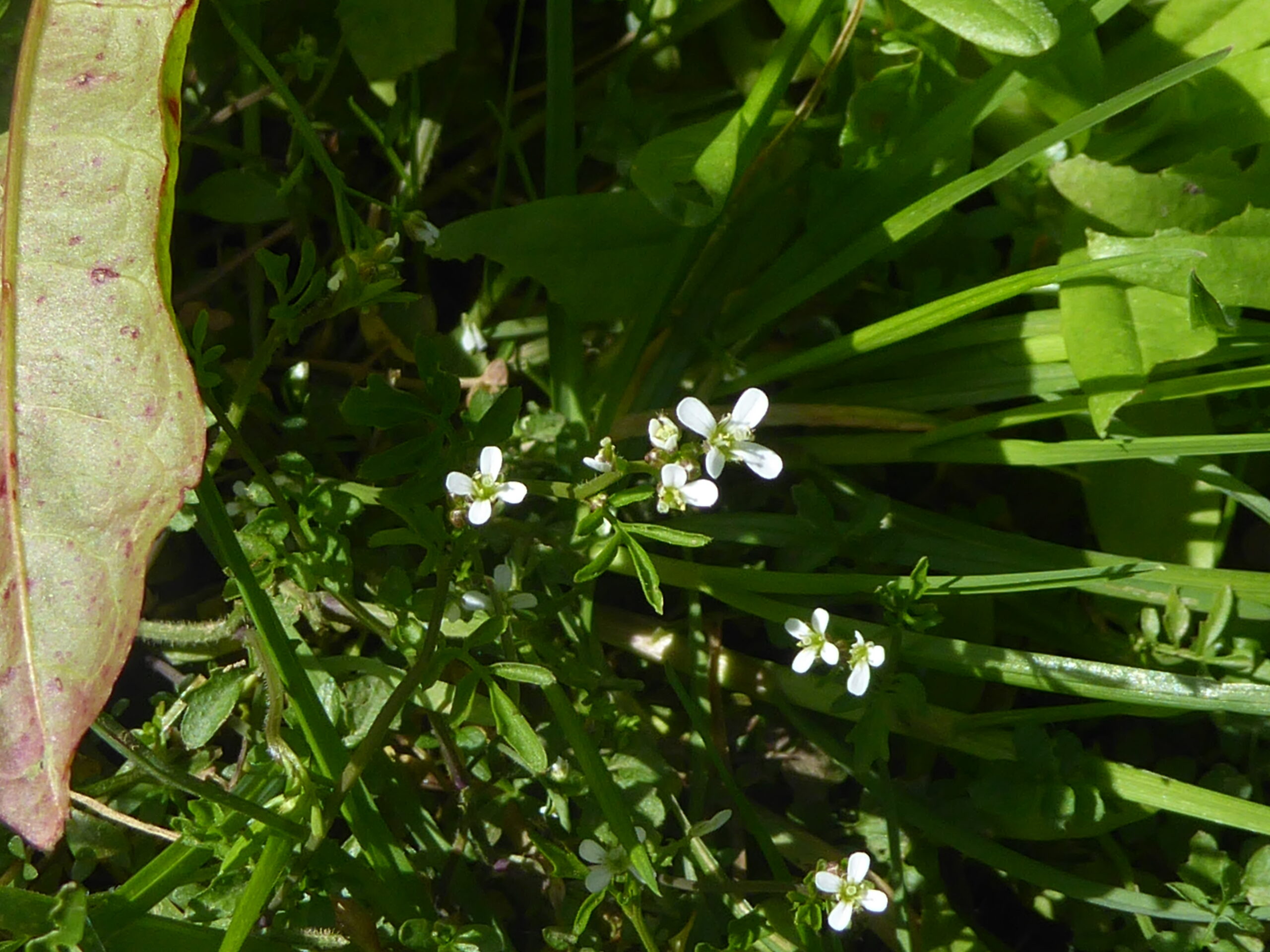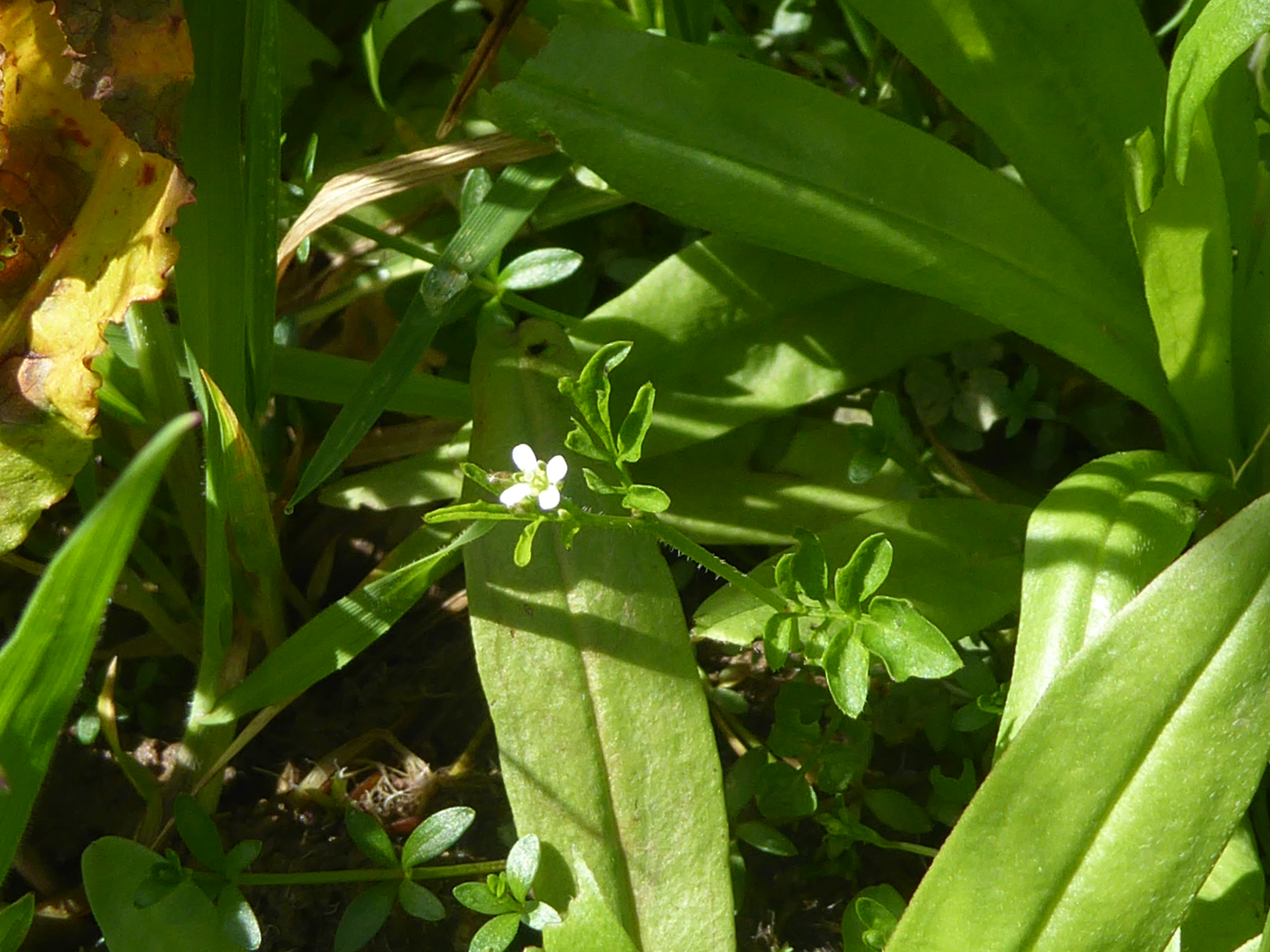This is a Marsh Cinquefoil that we rescued from our pond when it got overwhelmed by grasses and weeds last summer. We forgot to put back in again and it has been overwintering in a bucket under the sea buckthorns and willows. It is now thriving. We have some mesh baskets and when we can access the pond without churning up the pathways, we will return it. I wanted to cross the stream this morning, but the water level is still higher than the tops of my wellies.
We’ve already seen the creeping cinquefoil sprawling across the bank and the ramp. Its marshy cousin is altogether on a larger scale with five leaves at the end of each red fleshy stem. If it flowers it will be May to July (I don’t remember seeing any last summer) with deep crimson stars. The red ‘petals’ are actually sepals. (On a daisy, these are the green bits that cup the flower.) The actual petals are much smaller, but just as red. It provides nectar to bees and hoverflies and, of course, prefers wet, marshy places.

